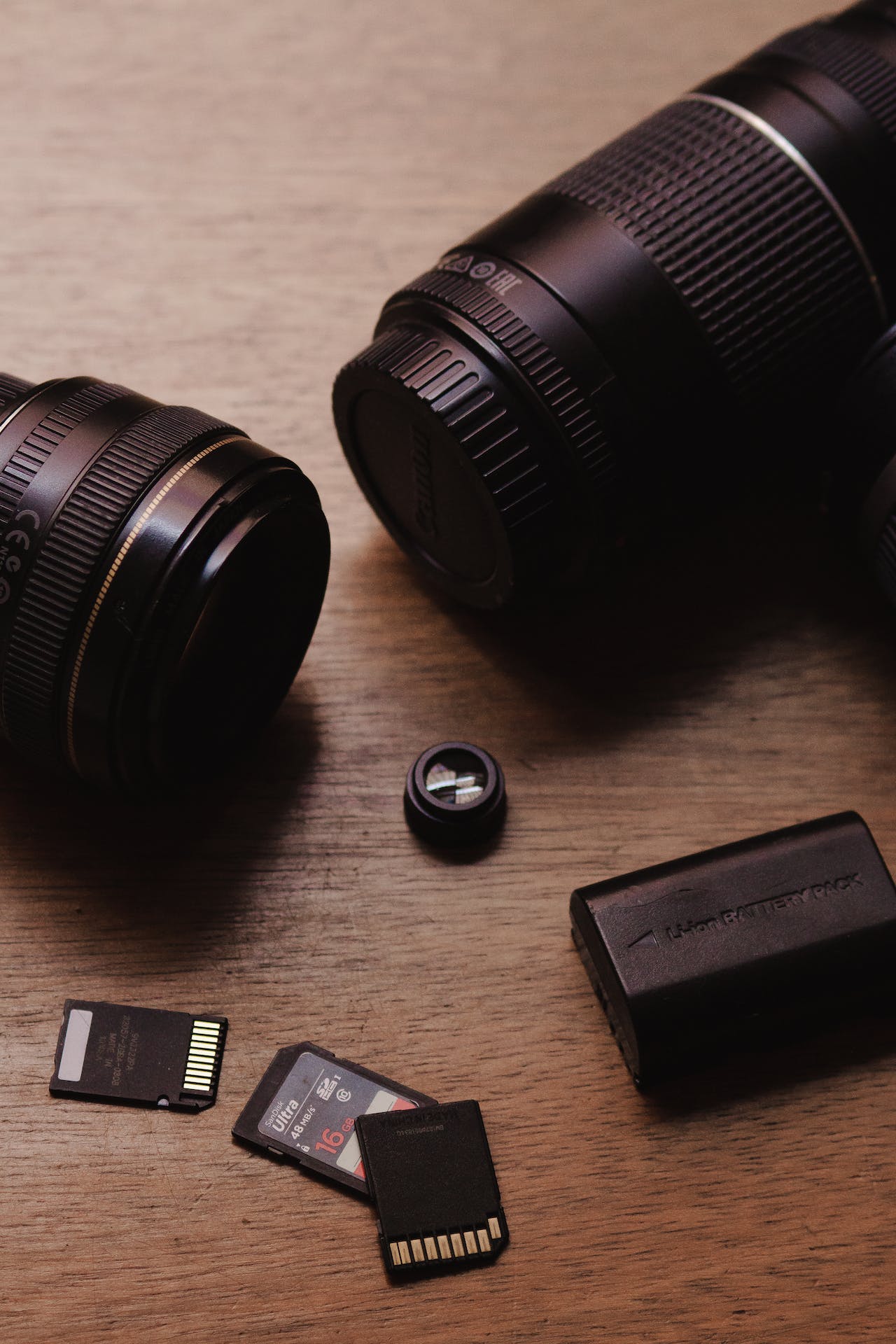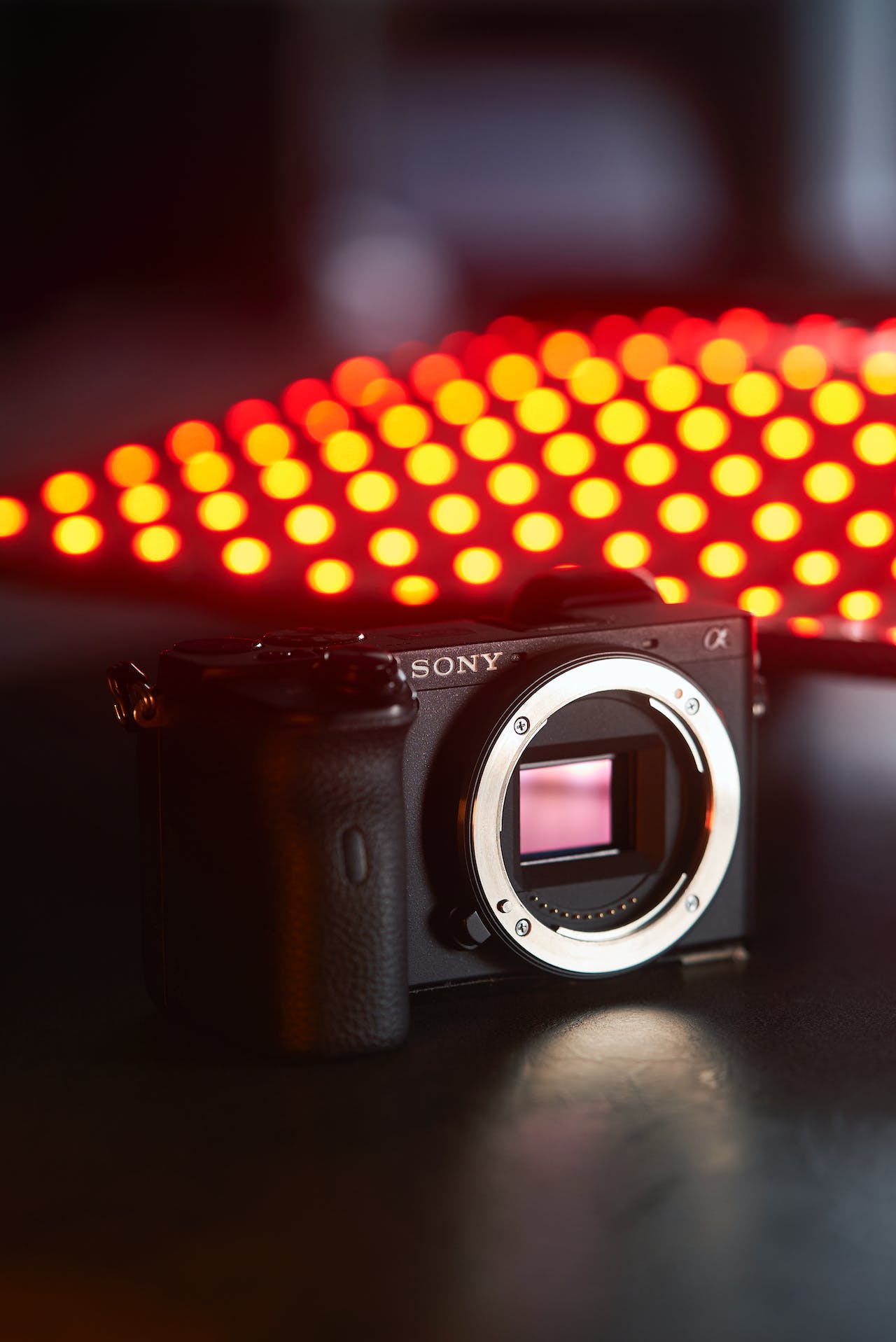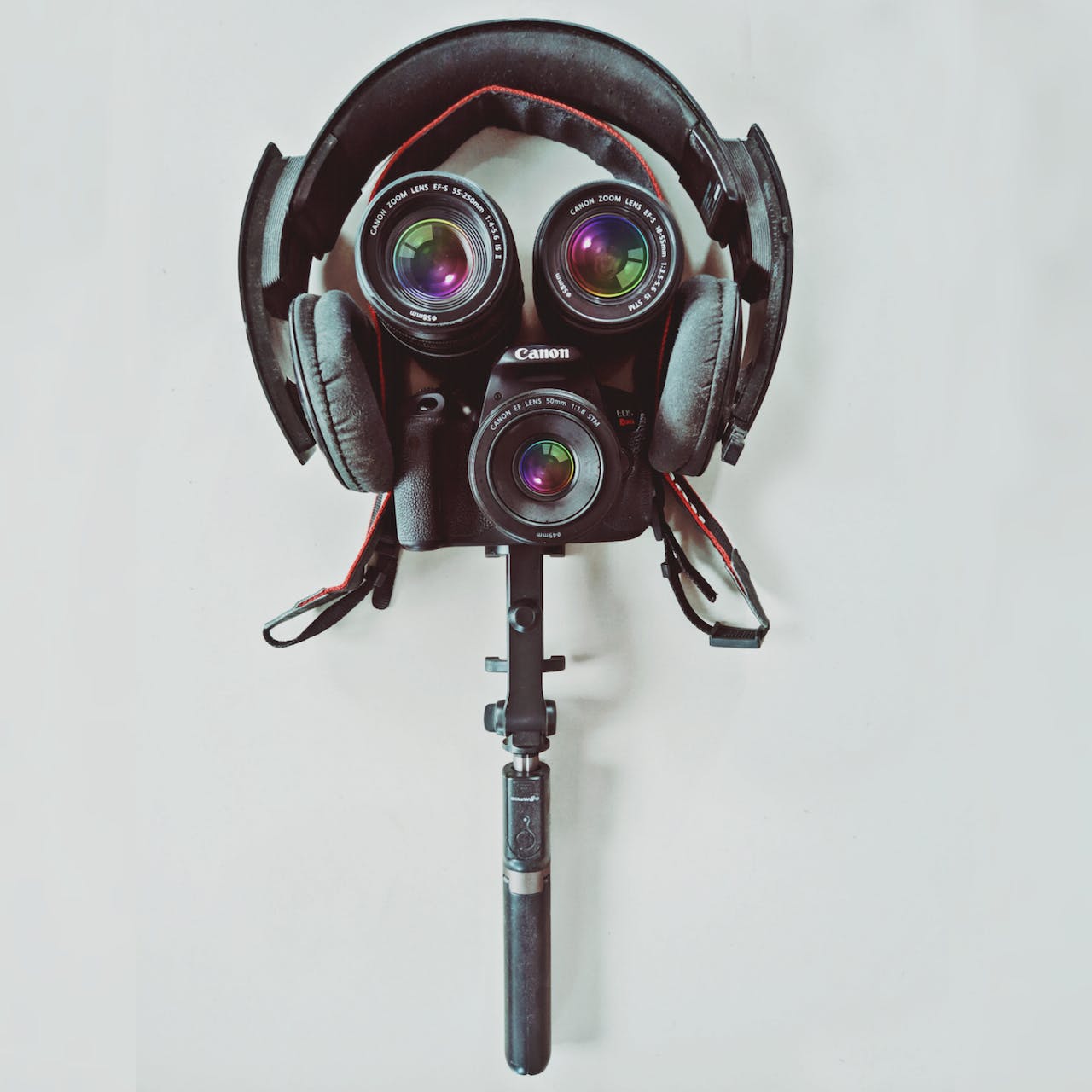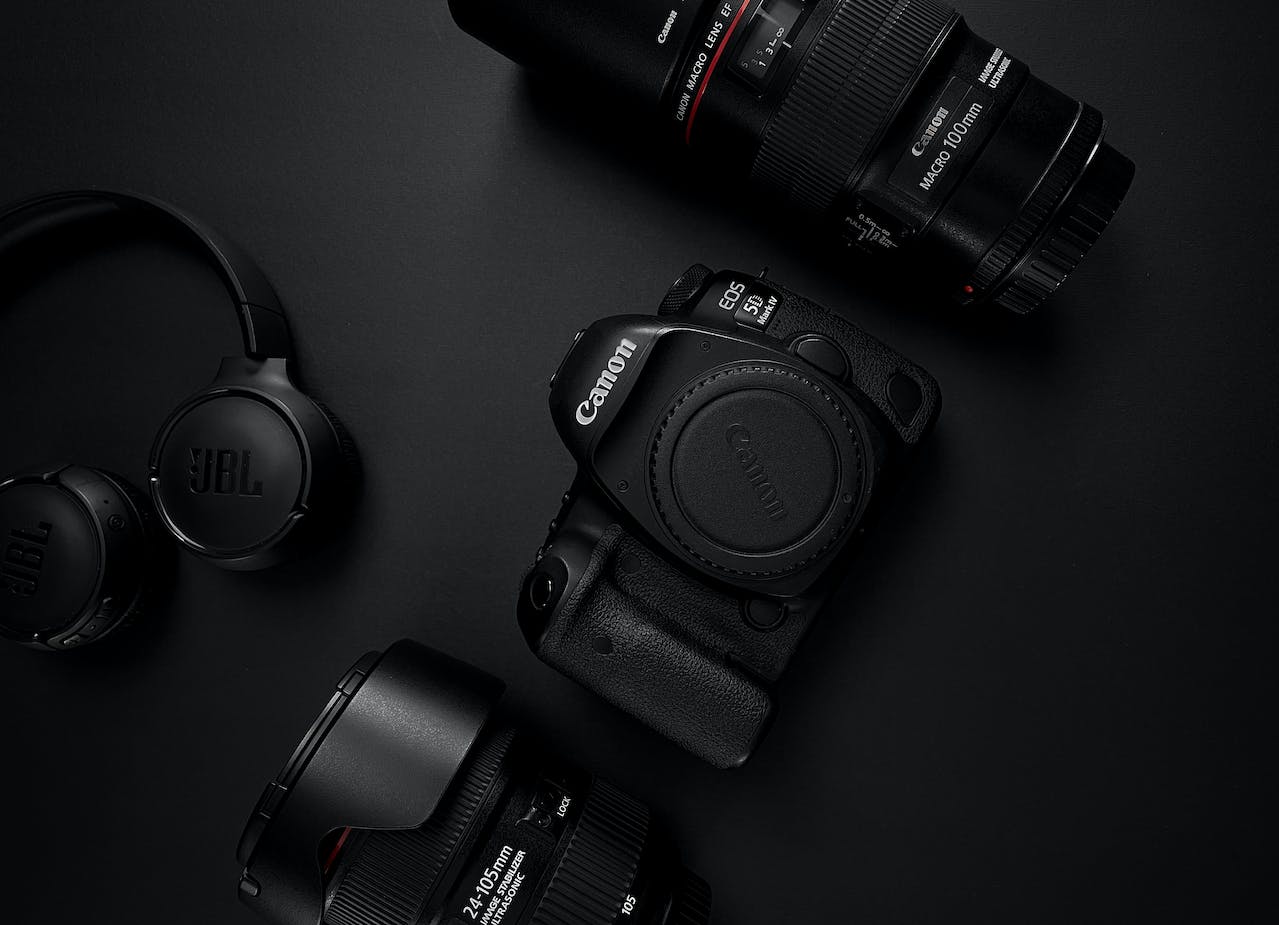The adage “the camera adds ten pounds” has circulated in the realms of photography and videography for countless years, fostering an enduring mythos about how individuals appear on screen versus in real life. This statement has caused anxiety for those stepping in front of a lens and curiosity among audiences. In this exploration, we seek to debunk myths surrounding the camera’s propensity to distort physical appearance and add perceived weight. Through understanding the technical aspects of camera optics, visual perception, and the psychology behind image interpretation, we can demystify the processes that lead to these beliefs and offer a clearer perspective.
Understanding Camera Optics and Perception
The Role of Lens and Angle in Visual Distortion
One fundamental aspect that contributes to the myth that cameras add weight is the choice of lens and the angle at which the photograph or video is taken. Wide-angle lenses, for instance, can distort images when the subject is close to the camera, making features appear broader or larger. Conversely, telephoto lenses may compress the image, often resulting in a more flattering, proportionate representation. The angle of the shot also plays a significant role; low camera angles can make subjects look larger, whereas high angles often have a slimming effect. Understanding these technical aspects can help photographers make informed decisions to capture more accurate depictions.
The Impact of Lighting and Shadows
Lighting is another critical factor that significantly influences how weight and body contours appear on camera. Harsh, direct lighting can cast strong shadows and highlight certain areas, potentially giving an impression of added volume. Soft, diffused lighting, on the other hand, can smooth out shadows and lines, often resulting in a more even and slender appearance. Photographers and filmmakers frequently employ the technique of manipulating lighting conditions to alter perception and create a desired visual outcome.

The Psychological Factors in Image Interpretation
The Power of Context and Preconceived Notions
Psychology plays a pivotal role in how we interpret images. Context and preconceived notions about the subject can influence our perception of their size and weight. For instance, when a person is photographed alongside much smaller objects or people, they may appear larger due to the contrast effect. Additionally, cultural and societal standards around body image can color our interpretation of photographs, with viewers often projecting their biases and expectations onto the image they’re seeing.
Cognitive Biases and the Illusion of Size
Cognitive biases, such as the anchoring bias, can also affect our perception of weight on camera. Anchoring occurs when an individual relies too heavily on the first piece of information (the “anchor”) when making decisions. In the context of photographs or videos, the initial impression may set the stage for how subsequent images of the same person are perceived, regardless of whether the camera has added apparent weight or not. This cognitive bias can maintain the illusion that cameras add weight, even when technical factors have been accounted for and adjusted.

Technical Solutions to Counteract Perceived Weight Gain
Choosing the Right Equipment and Techniques
To counteract the perception of added weight by the camera, it is essential to choose the right equipment and employ effective techniques. Opting for lenses with focal lengths that closely mimic natural human vision (typically around 50mm to 85mm for portraits) can reduce distortion. Additionally, understanding and utilizing the principles of composition, such as framing and the use of leading lines, can guide the viewer’s focus and create a more balanced portrayal of the subject.
Post-Production Adjustments and Considerations
In the digital age, post-production offers another layer of control over the final image. Editing software can correct lens distortion, adjust lighting and shadows, and refine colors to present a more true-to-life representation of the subject. Editors should use editing ethically, especially regarding body image, as it can powerfully address the subtle nuances contributing to the myth that the camera adds weight.

Cultural Shifts and the Move Toward Authenticity
Challenging Beauty Standards and Embracing Diversity
Society’s evolving attitudes towards beauty standards and body diversity are challenging the notion that the camera adds weight. As more photographers and filmmakers strive for authenticity and inclusivity, there is a greater acceptance of varied body types being represented in media. This cultural shift is encouraging a move away from the manipulation of images to achieve a certain look, instead prioritizing genuine and diverse portrayals of individuals.
The Role of Media Literacy in Changing Perceptions
Increasing media literacy can also help debunk the myth of the camera adding weight. Educating audiences on image manipulation and encouraging a critical eye towards media consumption can foster a healthier relationship with body image. By understanding the behind-the-scenes techniques that influence visual representation, individuals can develop a more informed and resilient stance against unrealistic portrayals and the perpetuation of myths in photography and video.

Promoting Positive Body Image Through Media and Education
Encouraging Realism in Visual Storytelling
As we continue to debunk the myth that the camera adds weight, it’s important to emphasize the role of media creators in promoting a positive body image. Photographers, filmmakers, and content creators have the power to influence public perception through their work. By committing to realism and avoiding techniques that distort or manipulate body proportions unnecessarily, visual storytellers can foster a more accepting and realistic view of body image.
This includes showcasing a wide range of body types and sizes, highlighting the natural beauty and individuality of each person. Education about media representation in schools and through public campaigns can also equip individuals with the knowledge to recognize and challenge unrealistic standards in the images they consume. By coming together as a community of creators and consumers, we can build a more body-positive culture that values authenticity over illusion, ultimately erasing the long-held belief that the camera is to blame for adding weight.

The belief that the camera adds weight stems from technical, psychological, and cultural factors, making it a multifaceted issue. By examining the interplay between camera optics, lighting, and human perception, we can understand the origins of this myth and work towards dispelling it. In today’s world, valuing authenticity increasingly, embracing the reality of diverse body types and fostering media literacy are crucial steps in shifting perceptions.Whether through thoughtful camera work or a critical viewing of images, recognizing the power of representation is key to overcoming misconceptions and appreciating the beauty in all its forms.